
Our proposal for Semana ARTBO 2021 comprises the first posthumous solo exhibition by Colombian pioneer performance artist Maria Teresa Hincapié since her passing in 2008, In Focus, a new curatorial proposal unfolding in small exhibitions spaces within the gallery.
Respuestas a una época, María Teresa Hincapié 1989-2006 is the artist's first solo exhibition in Colombia since her passing in 2008. Based on a thorough revision of the artist's personal archive, the exhibition proposes a renewed reading of Hincapié's unique artistic practice. Moving away from the conventional historical exhibition format, this show will highlight Hincapié's potency and relevance through the careful presentation of archival material, photographic and video documentation.
In Focus is a new exhibition format that aims to activate different galley spaces through small exhibitions focusing on a particular aspect of an artist's practice. These exhibitions come forth from thanks to conversations with the artists and culminate in study sessions that allow smaller audiences to delve into the artist's practice.
Casas Riegner was established in Miami in 2001. In 2004, after achieving an important position within the Miami art world, the gallery embarked on a challenging project: the promotion and dissemination of contemporary art within Colombia and abroad. In March 2005 the gallery opened its doors in Bogotá, thus developing an ambitious gallery project that focuses on research and artist selection with a clearly defined curatorial approach.
Promoting emerging and established artists that have significantly influenced the development of local contemporary art, Casas Riegner’s program aims at introducing new artists to local and international audiences, at periodically inviting foreign artists and leading curators, so as to provide a space for cultural exchange and novel discourse production. The program has been structured with the intent of presenting exhibitions with a high conceptual rigor and formal innovation that act as manifestations of reflective processes.

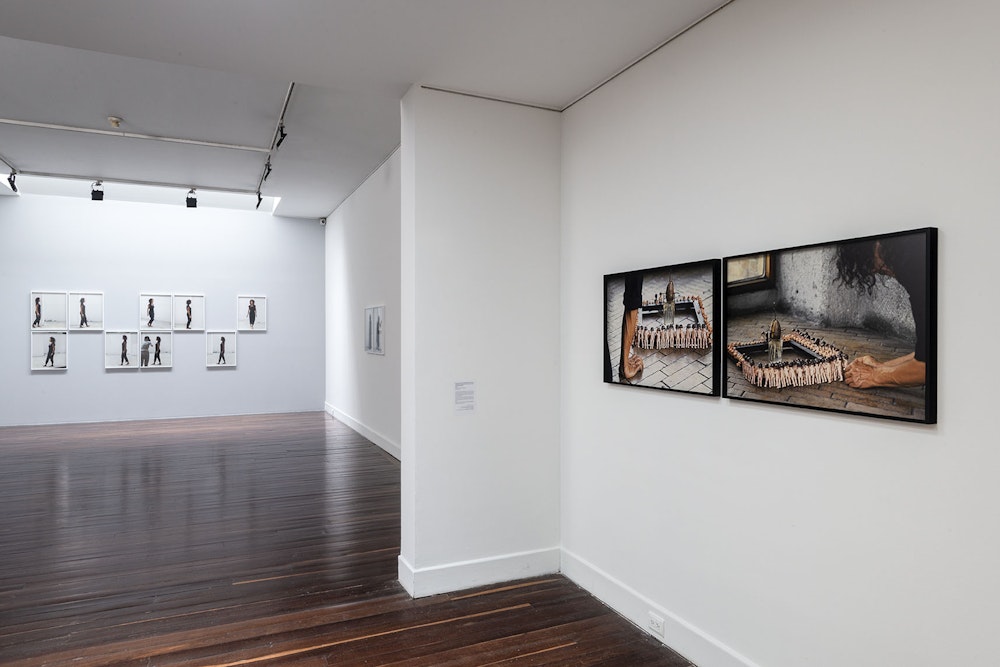
Born in Armenia, Colombia, in 1954, María Teresa Hincapié began working in theater in 1978. As a member of the group Acto Latino, she created her own dance-theatre-ritual, inspired by oriental techniques. After traveling to Mexico, Europe, and Asia, she returned to Colombia, where she began searching for alternative spaces for her aesthetic expressions. She became familiar with the works of Eugenio Barba, Joseph Beuys, and Jerzey Grotowski, and met the artists Doris Salcedo, José Alejandro Restrepo, and Álvaro Restrepo. Her danced version of Undine (1986), in collaboration with Álvaro Restrepo, marked the beginning of a fusion between theatre and visual arts. Parquedades (1987), in collaboration with José Alejandro Restrepo, introduced her to what became her genre of expression: performance.
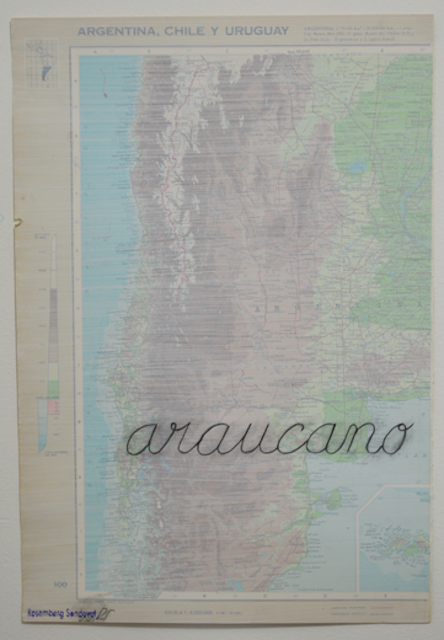





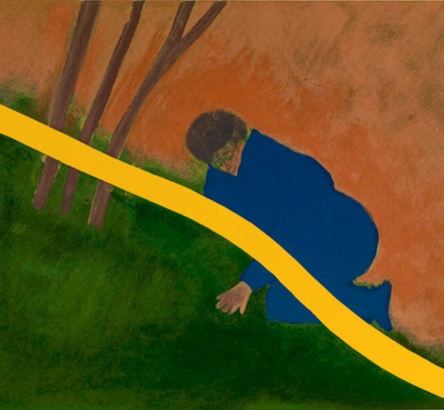

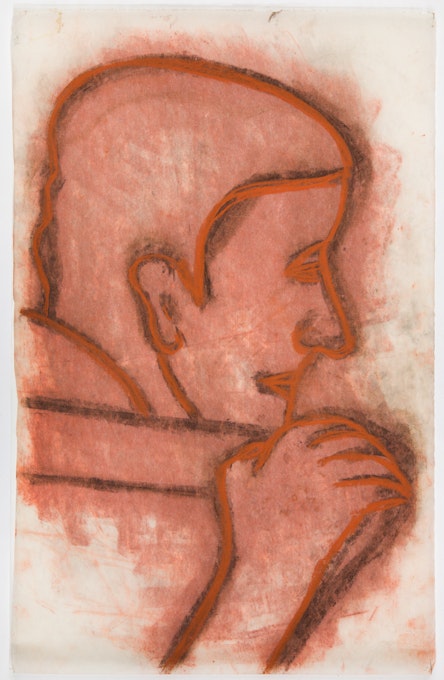

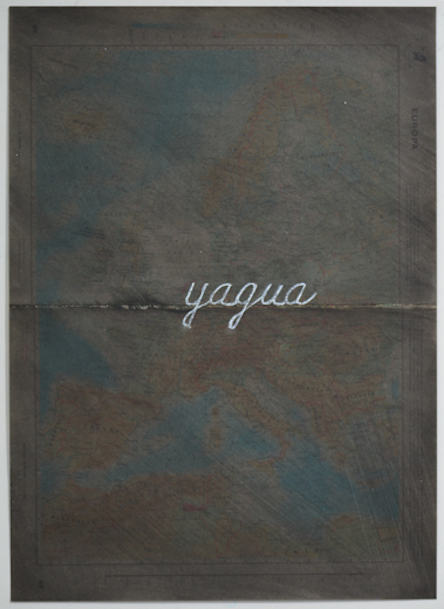
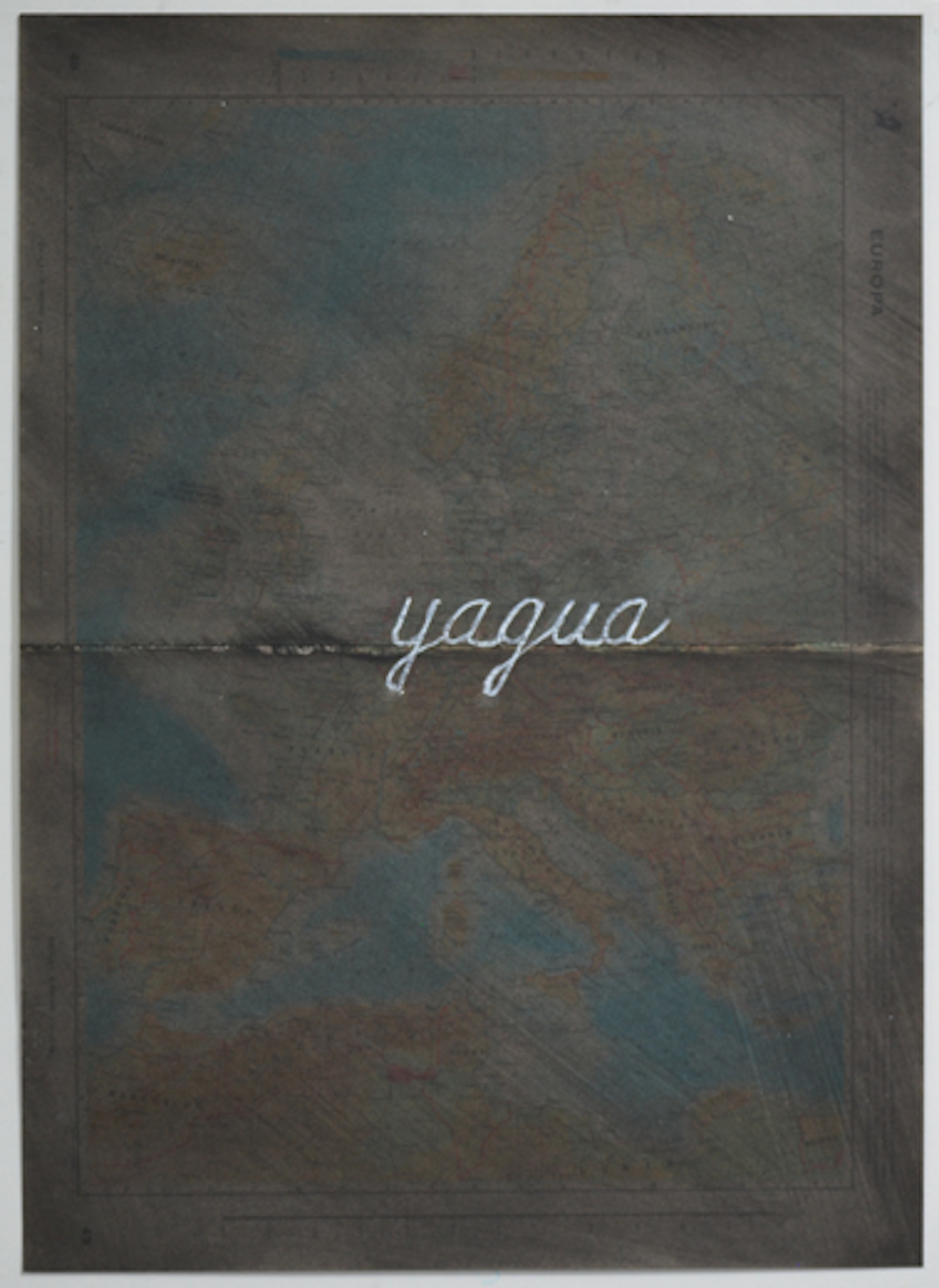

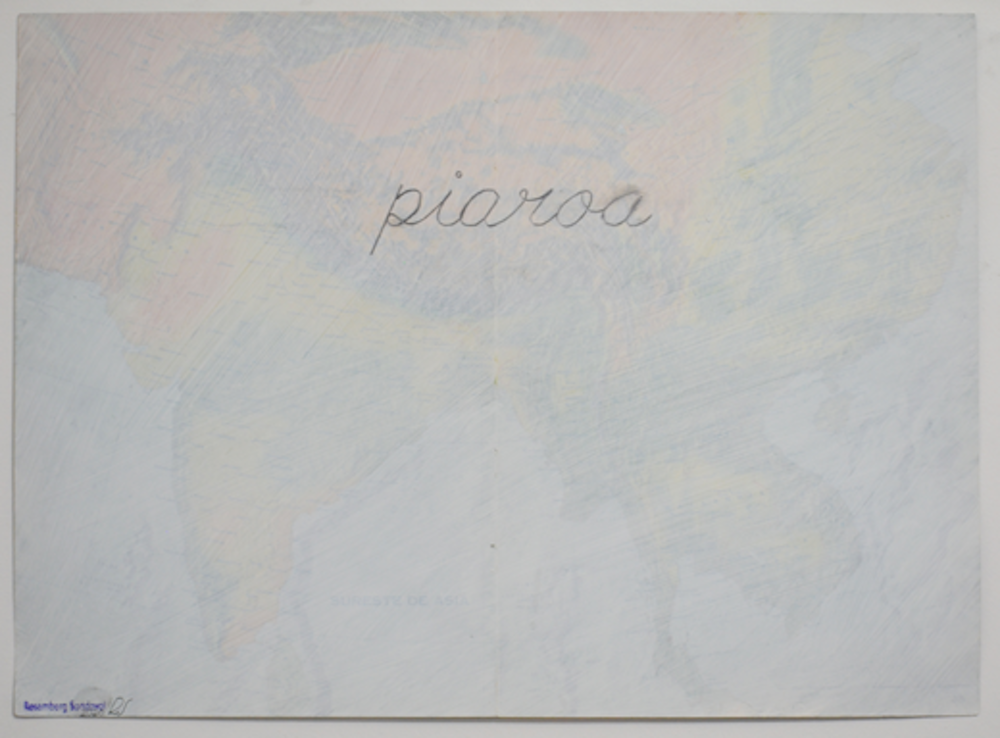


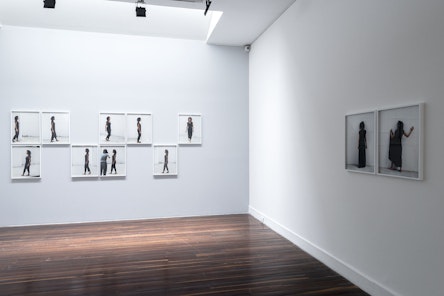
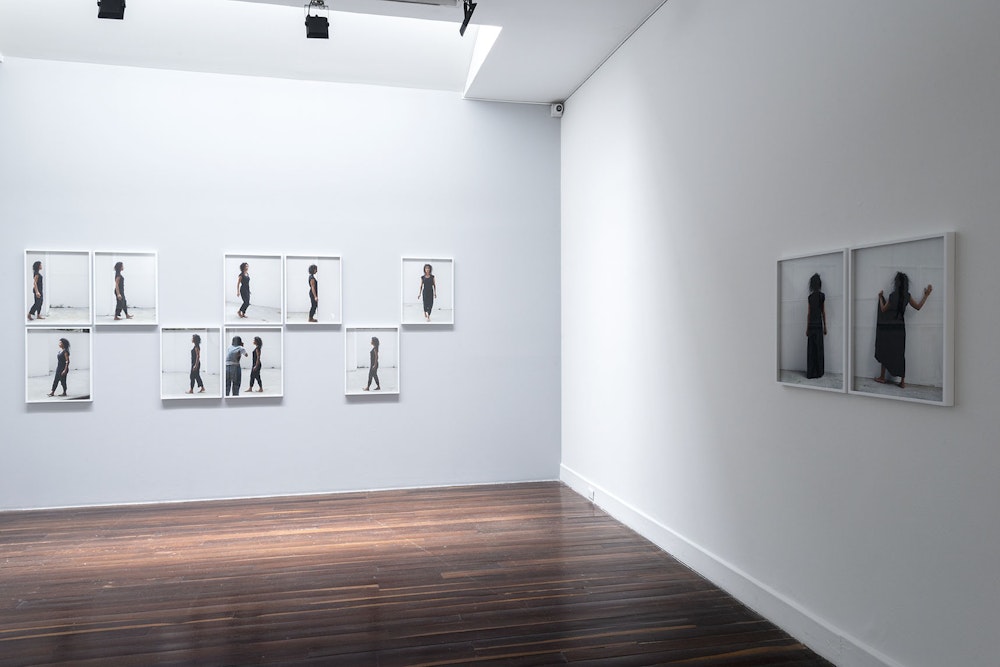
Born in Armenia, Colombia, in 1954, María Teresa Hincapié began working in theater in 1978. As a member of the group Acto Latino, she created her own dance-theatre-ritual, inspired by oriental techniques. After traveling to Mexico, Europe, and Asia, she returned to Colombia, where she began searching for alternative spaces for her aesthetic expressions. She became familiar with the works of Eugenio Barba, Joseph Beuys, and Jerzey Grotowski, and met the artists Doris Salcedo, José Alejandro Restrepo, and Álvaro Restrepo. Her danced version of Undine (1986), in collaboration with Álvaro Restrepo, marked the beginning of a fusion between theatre and visual arts. Parquedades (1987), in collaboration with José Alejandro Restrepo, introduced her to what became her genre of expression: performance.



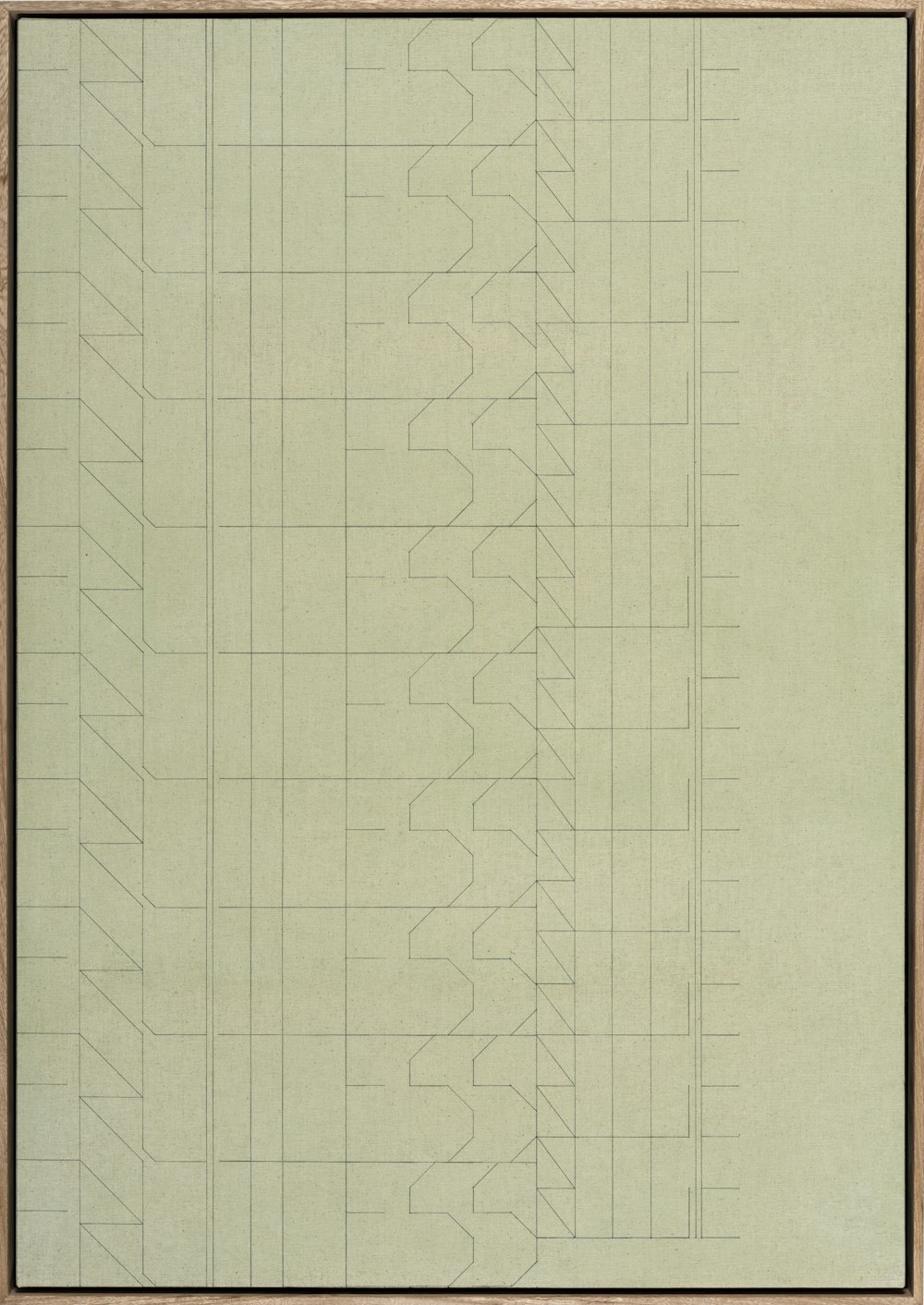
At the core of Bernardo Ortiz’s artistic practice blending drawing, writing and design, lies a comprehensive notion of “page”. According to Ortiz, “a page is a material support but also a discursive space, and the boundaries between the two are tenuous. Its surface can be opaque or transparent, it has two sides and can be real or fictional.” As a general rule, Ortiz intervenes the support in subtle ways: with sharp light lines made by hard-leaded pencils; with thin coats of gouache, oil paint, and enamel; or using words and phrases often extracted from specific poems, lyrics, or literary works. All in all, his works are literary drawings that speak of painting and reproductions on a page.

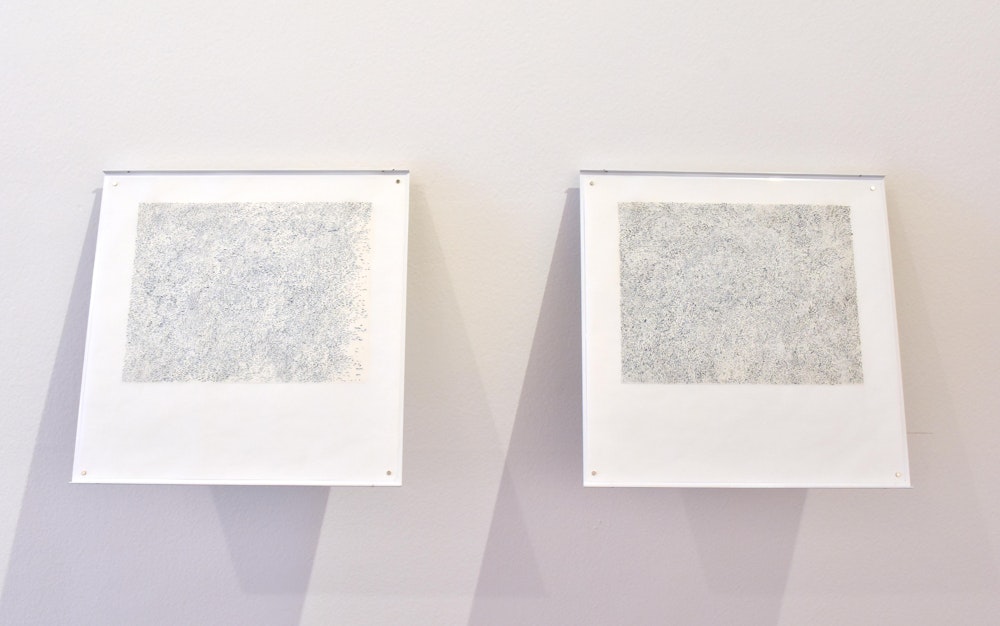
At the core of Bernardo Ortiz’s artistic practice blending drawing, writing and design, lies a comprehensive notion of “page”. According to Ortiz, “a page is a material support but also a discursive space, and the boundaries between the two are tenuous. Its surface can be opaque or transparent, it has two sides and can be real or fictional.” As a general rule, Ortiz intervenes the support in subtle ways: with sharp light lines made by hard-leaded pencils; with thin coats of gouache, oil paint, and enamel; or using words and phrases often extracted from specific poems, lyrics, or literary works. All in all, his works are literary drawings that speak of painting and reproductions on a page.
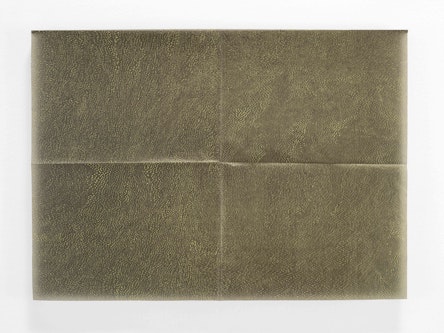

At the core of Bernardo Ortiz’s artistic practice blending drawing, writing and design, lies a comprehensive notion of “page”. According to Ortiz, “a page is a material support but also a discursive space, and the boundaries between the two are tenuous. Its surface can be opaque or transparent, it has two sides and can be real or fictional.” As a general rule, Ortiz intervenes the support in subtle ways: with sharp light lines made by hard-leaded pencils; with thin coats of gouache, oil paint, and enamel; or using words and phrases often extracted from specific poems, lyrics, or literary works. All in all, his works are literary drawings that speak of painting and reproductions on a page.
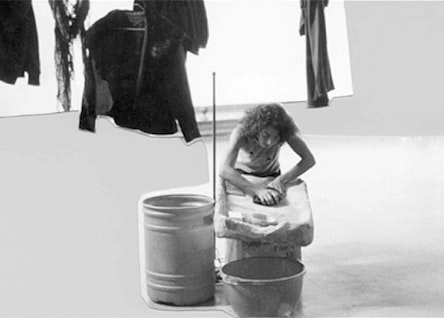
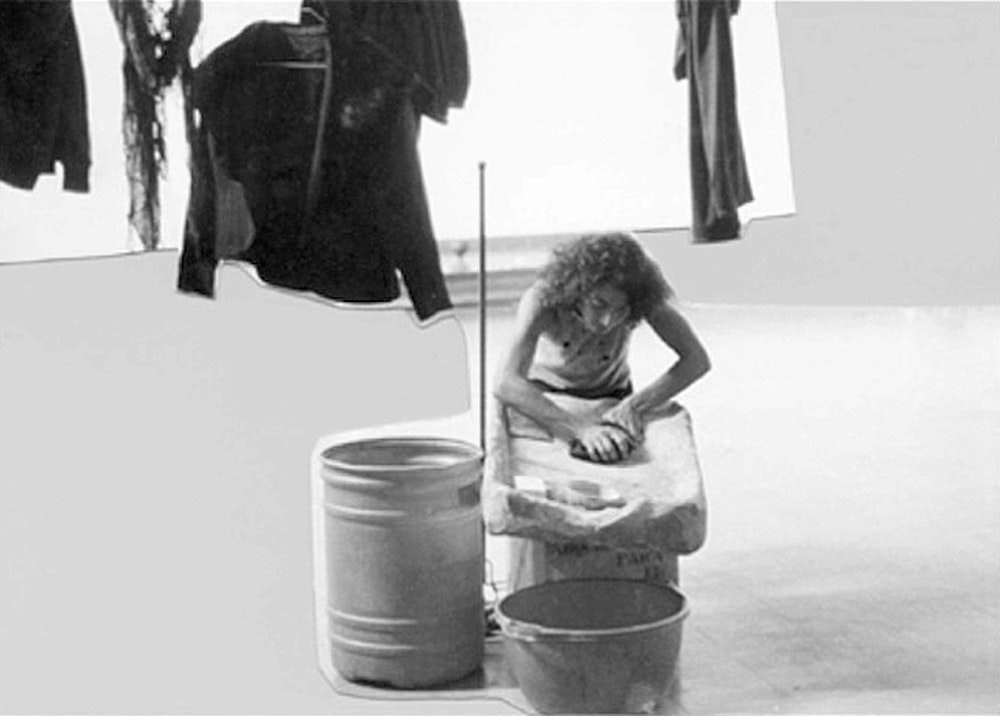
Born in Armenia, Colombia, in 1954, María Teresa Hincapié began working in theater in 1978. As a member of the group Acto Latino, she created her own dance-theatre-ritual, inspired by oriental techniques. After traveling to Mexico, Europe, and Asia, she returned to Colombia, where she began searching for alternative spaces for her aesthetic expressions. She became familiar with the works of Eugenio Barba, Joseph Beuys, and Jerzey Grotowski, and met the artists Doris Salcedo, José Alejandro Restrepo, and Álvaro Restrepo. Her danced version of Undine (1986), in collaboration with Álvaro Restrepo, marked the beginning of a fusion between theatre and visual arts. Parquedades (1987), in collaboration with José Alejandro Restrepo, introduced her to what became her genre of expression: performance.

